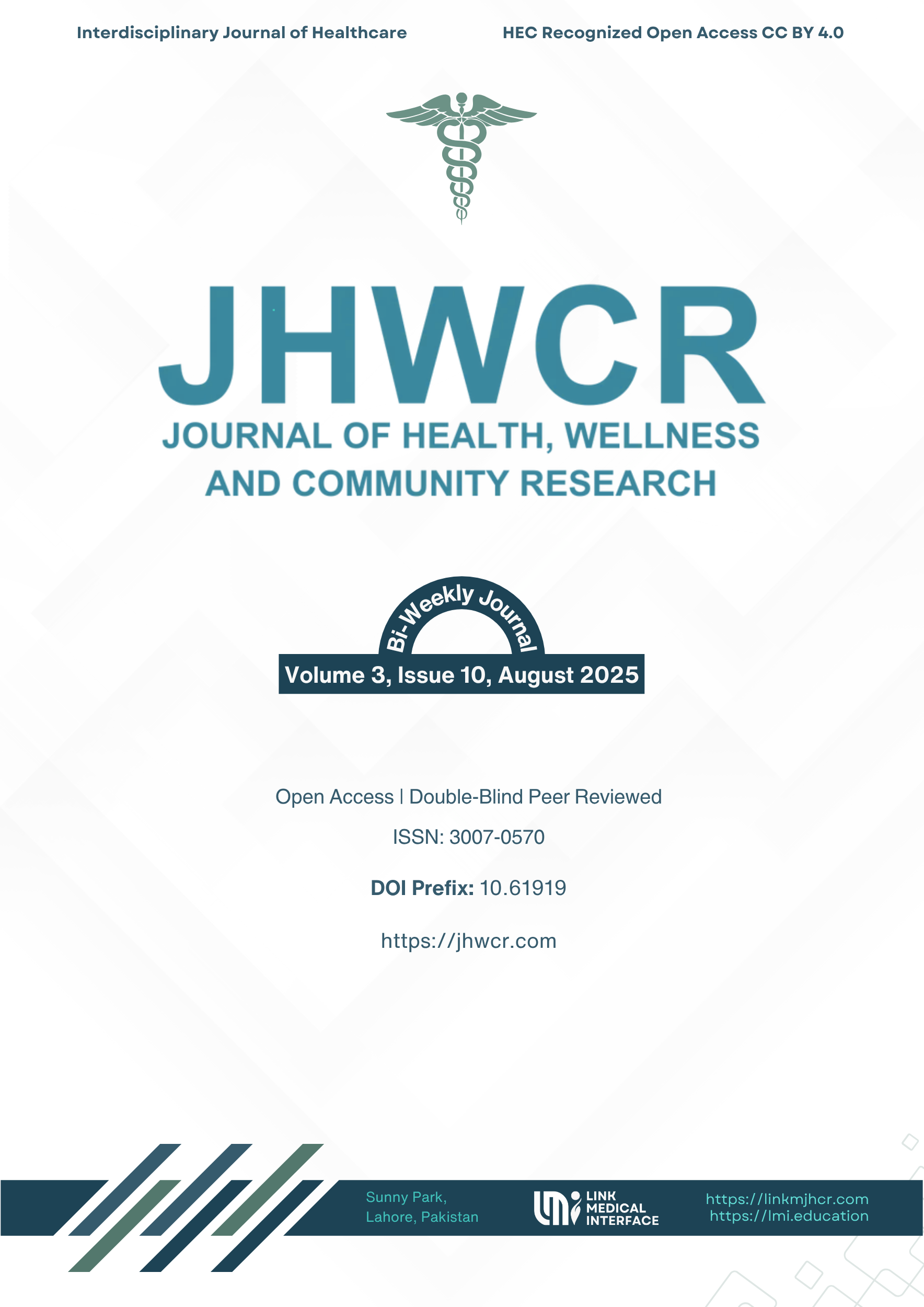Effect of Exercise Intervention Protocol on Mode of Delivery of Singleton Gravid: A Quasi-Experimental Randomized Trial
DOI:
https://doi.org/10.61919/sk6z7j11Keywords:
pregnancy, exercise, mode of delivery, cesarean section, vaginal birth, randomized trialAbstract
Background: Rising cesarean section rates globally and in Pakistan pose significant maternal and neonatal risks. Evidence suggests antenatal exercise may reduce operative deliveries, yet interventional data in South Asian populations remain limited. Objective: To evaluate the effect of an eight-week, moderate-intensity, third-trimester exercise protocol on the mode of delivery among primigravid women with singleton pregnancies. Methods: In this quasi-experimental trial at a primary care facility in Rawalpindi, Pakistan, 18 eligible women were purposively sampled and randomly allocated to an intervention group (n=10) receiving a structured exercise program or a control group (n=8) receiving standard care. The protocol included walking, bodyweight strength training, flexibility, stair climbing, and pelvic floor muscle exercises, four times weekly for eight weeks. Mode of delivery was recorded from obstetric records. Group comparisons used chi-square or Fisher’s exact tests with odds ratios (OR) and 95% confidence intervals (CI). Results: Spontaneous vaginal delivery occurred in 80.0% of the intervention group versus 25.0% of controls (p=0.028; OR=12.00, 95% CI: 1.44–99.96). Instrumental and caesarean deliveries were less frequent in the intervention group (10.0% each) than in controls (37.5% each), though not statistically significant. Conclusion: Supervised, moderate-intensity exercise in late pregnancy significantly increased spontaneous vaginal births and may reduce operative deliveries in low-risk primigravid women.
Downloads
Published
Issue
Section
License
Copyright (c) 2025 Sadaf Latif, Faheem Ullah Khan, Sadif Hameed, Khizra (Author)

This work is licensed under a Creative Commons Attribution 4.0 International License.


